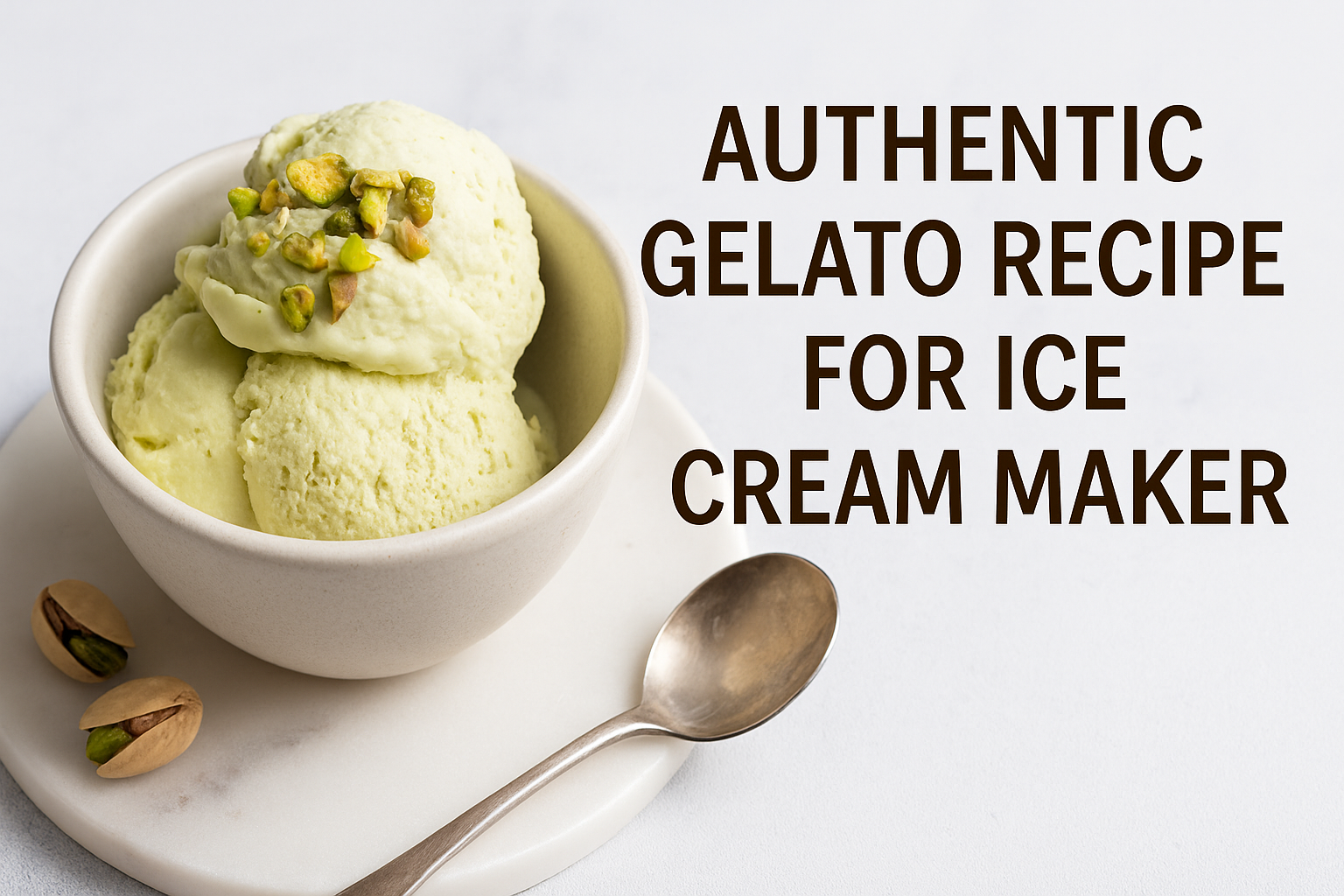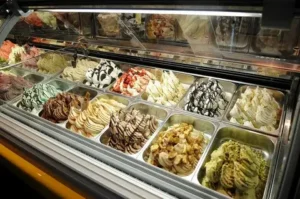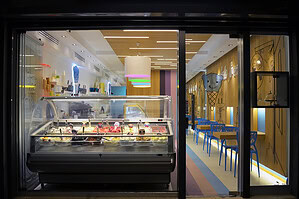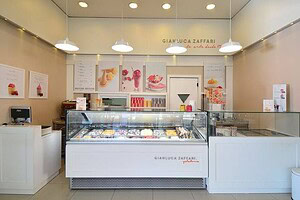📖 Table of Contents
-
The Origins and Craft of Gelato
-
Gelato vs. Ice Cream: Key Differences
-
Choosing Your Base: Classic Custard vs. Sicilian Style
-
Essential Ingredients for Homemade Gelato
-
Professional Gelato Recipe for Ice Cream Maker (Step-by-Step)
-
How to Make Gelato Without an Ice Cream Maker
-
Flavor Development: Customizing Your Gelato
-
Storage and Maturation: Preserving the Perfect Texture
-
How to Enjoy Gelato the Italian Way
-
Troubleshooting: Why Isn’t My Gelato Perfect?
-
Classic Gelato Base Recipe (Printable Version)
-
More Gelato Recipes for Ice Cream Maker
1. The Origins and Craft of Gelato
Gelato, the Italian frozen dessert, originated during the Renaissance in Florence and quickly spread across Europe. Unlike traditional ice cream, gelato is crafted with a philosophy of intensified flavor and refined texture:
-
Lower fat content (4–8%), compared to ice cream’s 14–20%.
-
Lower overrun (air content), resulting in denser, silkier texture.
-
Served warmer (around -12°C to -14°C), which enhances flavor perception.
Understanding these principles is essential for mastering authentic gelato at home.
2. Gelato vs. Ice Cream: Key Differences
-
Fat composition: Ice cream relies heavily on cream, while gelato uses more milk.
-
Texture: Ice cream is fluffy and airy; gelato is dense and velvety.
-
Flavor intensity: With less fat, gelato allows flavors such as fruit, chocolate, or nuts to shine more vividly.
👉 Optimized keywords: gelato recipe, how to make a gelato, gelato vs ice cream.
3. Choosing Your Base: Classic Custard vs. Sicilian Style
Professional gelato makers often alternate between two bases:
-
Classic Custard Base: Enriched with egg yolks, ideal for chocolate, nut, or caramel flavors.
-
Sicilian Base: Thickened with cornstarch instead of egg yolks, producing a lighter texture perfect for fruit-based gelato.
4. Essential Ingredients for Homemade Gelato
-
Dairy: Whole milk + 35% heavy cream for balance.
-
Sugar: Provides sweetness and lowers freezing point, preventing excess crystallization.
-
Stabilizers: Egg yolks or cornstarch for emulsification.
-
Flavoring agents: Fresh fruit purées, nut pastes, premium cocoa powder, espresso shots.
💡 Pro tip: Add a small amount of glucose syrup or honey to minimize ice crystal formation.
5. Professional Gelato Recipe for Ice Cream Maker (Step-by-Step)
Here’s a structured gelato recipe for ice cream maker:
-
Heating: Warm milk, cream, and sugar to 70–75°C until sugar dissolves.
-
Emulsification: Slowly temper into egg yolks (or cornstarch slurry), whisking constantly.
-
Pasteurization: Reheat to 82–85°C, holding for 1–2 minutes to ensure food safety and activate proteins.
-
Cooling: Rapidly chill mixture to 4°C using an ice bath. Refrigerate for 4–12 hours to allow maturation.
-
Churning: Pour into your ice cream maker and churn for 20–30 minutes until texture is smooth and dense.
-
Freezing: Transfer to freezer for 2–4 hours before serving.
6. How to Make Gelato Without an Ice Cream Maker
Don’t have a machine? Try the manual method:
-
Freeze the custard base in a shallow dish.
-
Stir vigorously with a fork or hand mixer every 30 minutes.
-
Repeat 4–5 times until smooth.
👉 Keyword coverage: how to make gelato without ice cream maker.
7. Flavor Development: Customizing Your Gelato
Professional gelato thrives on creative flavor infusion:
-
Nut-based: Pistachio, hazelnut (roasted for maximum aroma).
-
Fruit-based: Strawberry, mango (puréed and strained to reduce water content).
-
Classic: Dark chocolate (70% cocoa) for a rich, balanced flavor.
-
Modern twists: Lemon basil, olive oil, salted caramel.
8. Storage and Maturation: Preserving the Perfect Texture
-
Maturation: Refrigerating the base for 4–12 hours allows proteins and stabilizers to fully hydrate, yielding creamier results.
-
Freezing: Store in airtight containers with plastic wrap pressed directly on the surface to prevent ice crystals.
-
Shelf life: Consume within 3–5 days for optimal flavor and texture.
9. How to Enjoy Gelato the Italian Way
-
Serving temperature: Best enjoyed between -12°C and -14°C (softer than ice cream).
-
Portions: Traditionally served in smaller scoops to highlight flavor intensity.
-
Pairings: Perfect with biscotti, fresh fruit, or affogato (drowned in espresso).
10. Troubleshooting: Why Isn’t My Gelato Perfect?
-
Too icy? Base wasn’t cooled sufficiently before churning.
-
Too hard? Freezer is too cold; allow gelato to rest a few minutes before serving.
-
Eggy taste? Custard overheated during pasteurization.
11. Classic Gelato Base Recipe (Printable Version)
-
Whole milk: 500 ml
-
Heavy cream (35% fat): 250 ml
-
Sugar: 120 g
-
Egg yolks: 4 (or cornstarch 20 g for Sicilian base)
-
Vanilla bean: 1
12. More Gelato Recipes for Ice Cream Maker
Expand your repertoire with these recipes:
-
Pistachio gelato
-
Mango-passionfruit gelato
-
Espresso gelato
-
Salted caramel gelato




